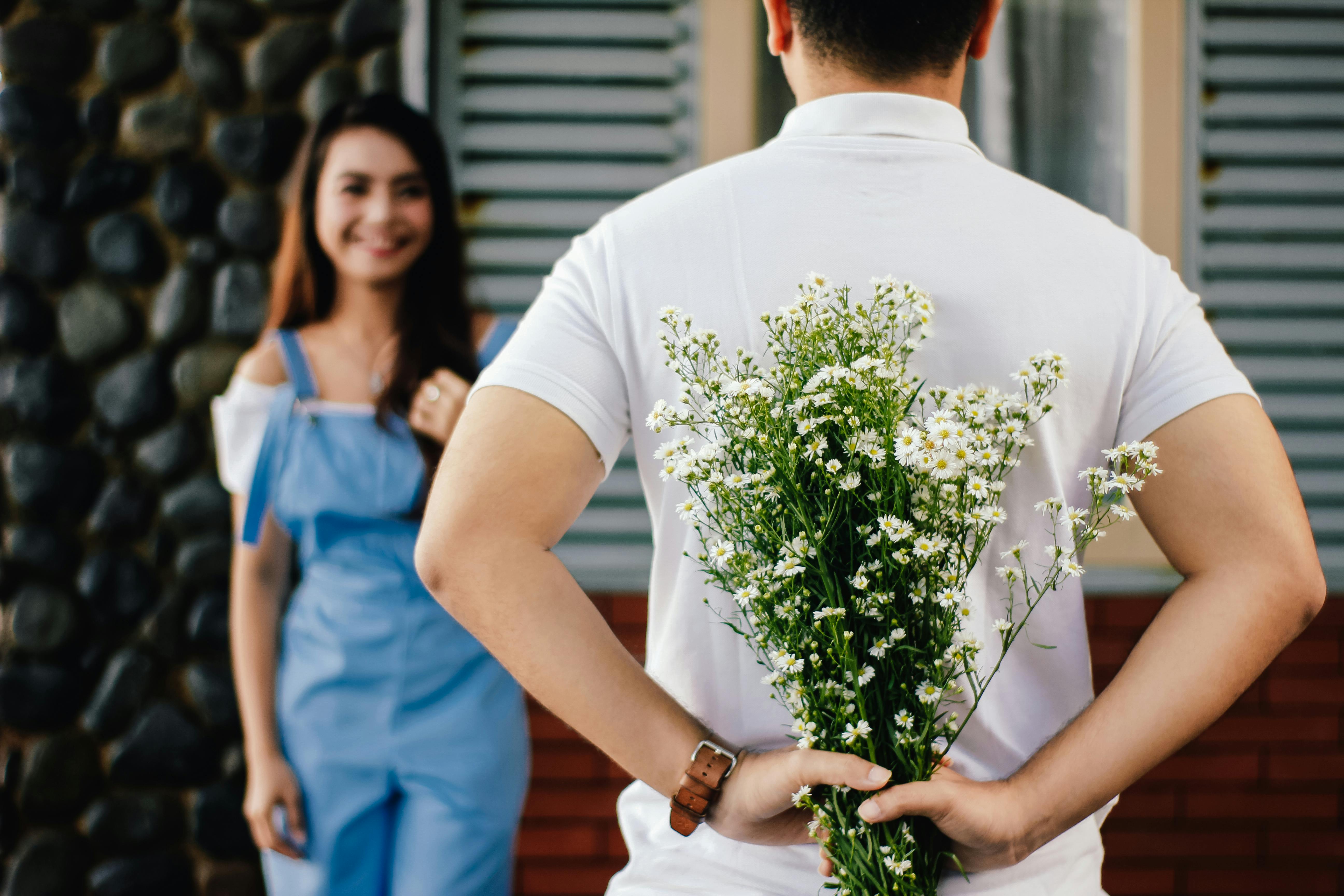
Popular Christmas traditions and Christmas decorations in Spain
Throughout the world, Christmas is one of the best-known holidays. In Spain, as well as in many other countries, this festival is centered around the celebration of the birth of Christ. It is a time for families to come together to celebrate and share the joy of the season with songs, dances, and family meals. Christmas trees and handmade decorations, as well as the Nativity scene are familiar sights. Although these traditions are common in many countries, there are some aspects of the Christmas holidays that are unique to Spain.
Before the Christmas holidays, the Spanish celebrate a tradition called “Hogueras” (bonfires). This is a celebration of the winter solstice, which is the shortest day of the year. At this time, people jump over a bonfire, symbolizing protection against disease. Also during the winter solstice, swing sets are built to be used by people in the belief that swinging high will cause the sun to move higher in the sky.
On Christmas Eve, small lanterns are lit in village windows, representing the stars in the Christmas Eve sky. At midnight the bells are rung in each of the towns, calling everyone to “La Misa Del Gallo”, the Misa del Gallo. It is so called because the rooster was known as the first of the animals to announce the birth of Christ.
After midnight mass, Christmas dinner is served. Traditional Christmas food includes “Christmas Truffled Turkey”, which is Christmas turkey with truffles. Roast lamb, suckling pig, duck, and shellfish such as lobster, shrimp, trout, and salmon can also be served, depending on which part of the country you are in. Traditional desserts can include marzipan, made with honey, almonds and eggs, and polvorones, which are gizzards. Nuts, dried fruits and caramel custard are among other desserts served. No meal is complete without a drink. Cava is Spanish champagne and usually accompanies Christmas food.
In many countries, a visit from Santa Claus is an important part of the Christmas celebration. However, in Spain this is not the case. Children receive small gifts from “Santa Claus” at Christmas, but this is not a big part of the festivities. Instead, they celebrate January 6, which is Three Kings Day, a day that remembers the Three Kings who brought gifts to Baby Jesus. On January 5, children participate in a parade to see the Three Wise Men when they arrive in their town or locality. When they have the opportunity, they ask the Magi for the gifts they expect. On the eve of this special day, children leave their shoes where they are easily found. They are filled with straw and carrots for the camels on which the Three Wise Men travel. The next morning, the straw and carrots are gone, replaced by gifts. On this day a special dessert is served, the “Roscón de los Reyes” which is a large circular cake. It is decorated with candied fruits, which represent the jewels worn by the garments of the Magi. There’s a surprise baked in the cake, and whoever finds it becomes the king or queen of the house.
The celebration of Christmas in Spain is similar to the way other countries celebrate it with Christmas trees and Christmas wreaths. But by also having its own unique traditions, a visitor can get to know more about the people of Spain and their lives. Getting to know the traditions of various countries such as Spain can give a new appreciation of the Christmas holidays around the world.